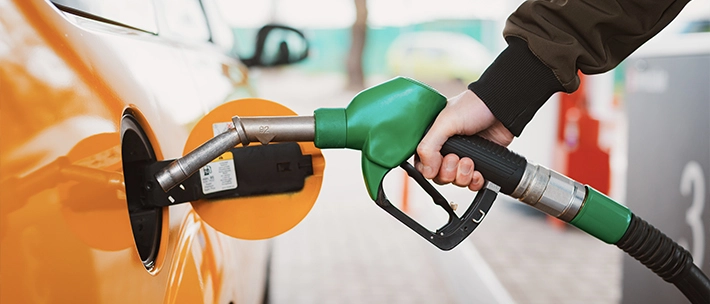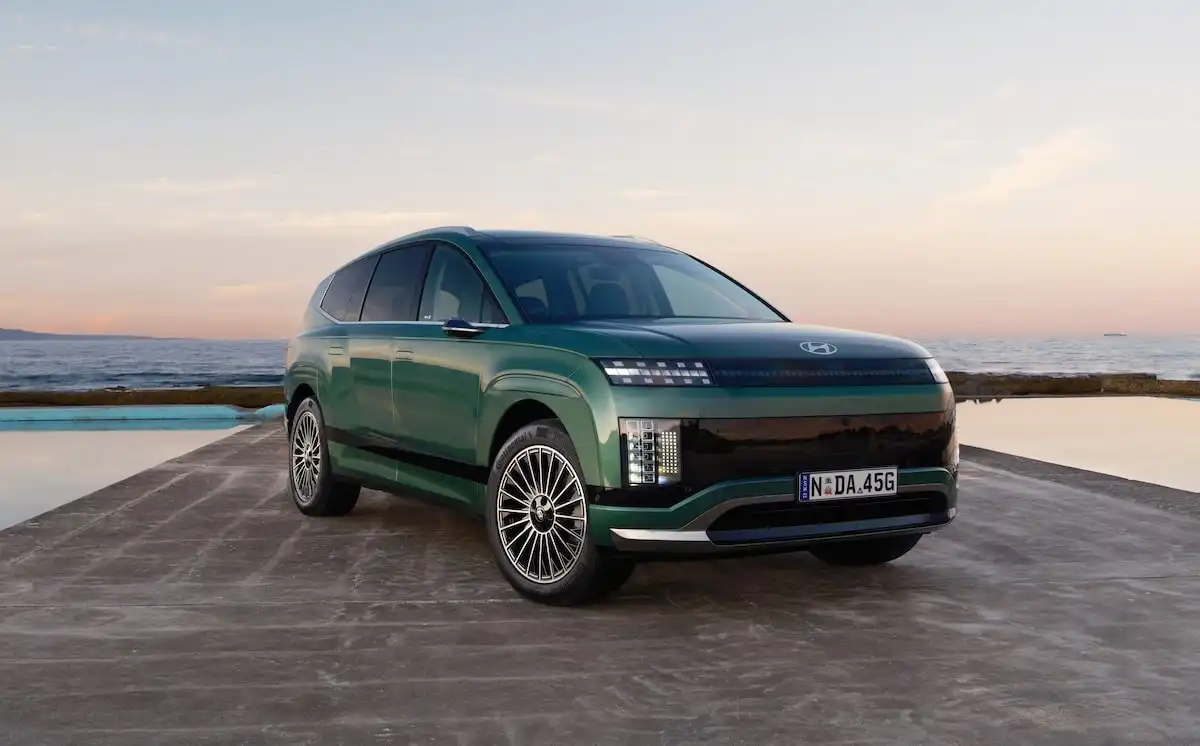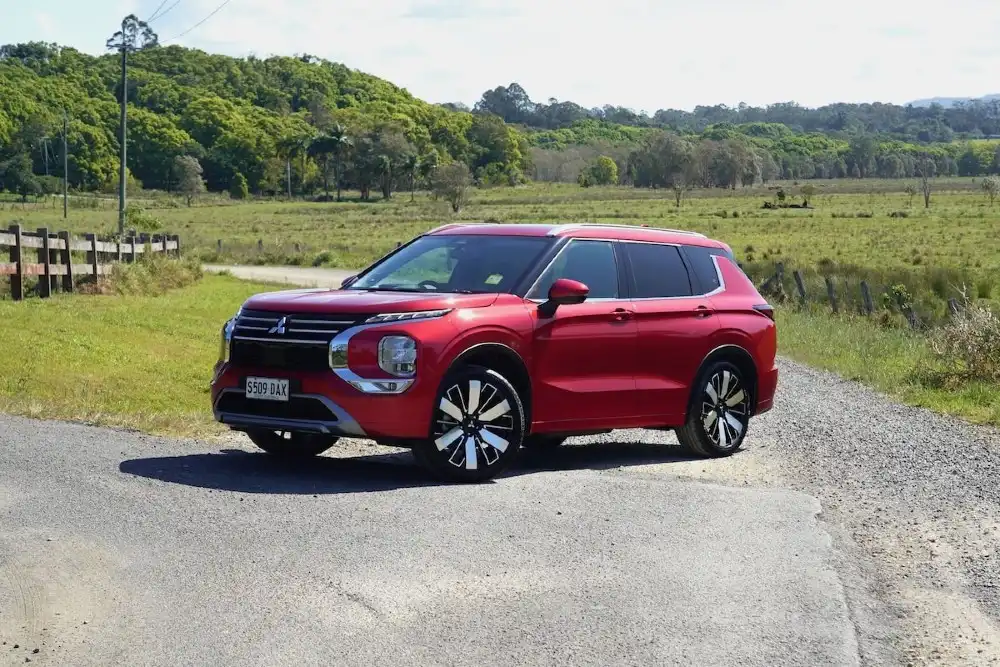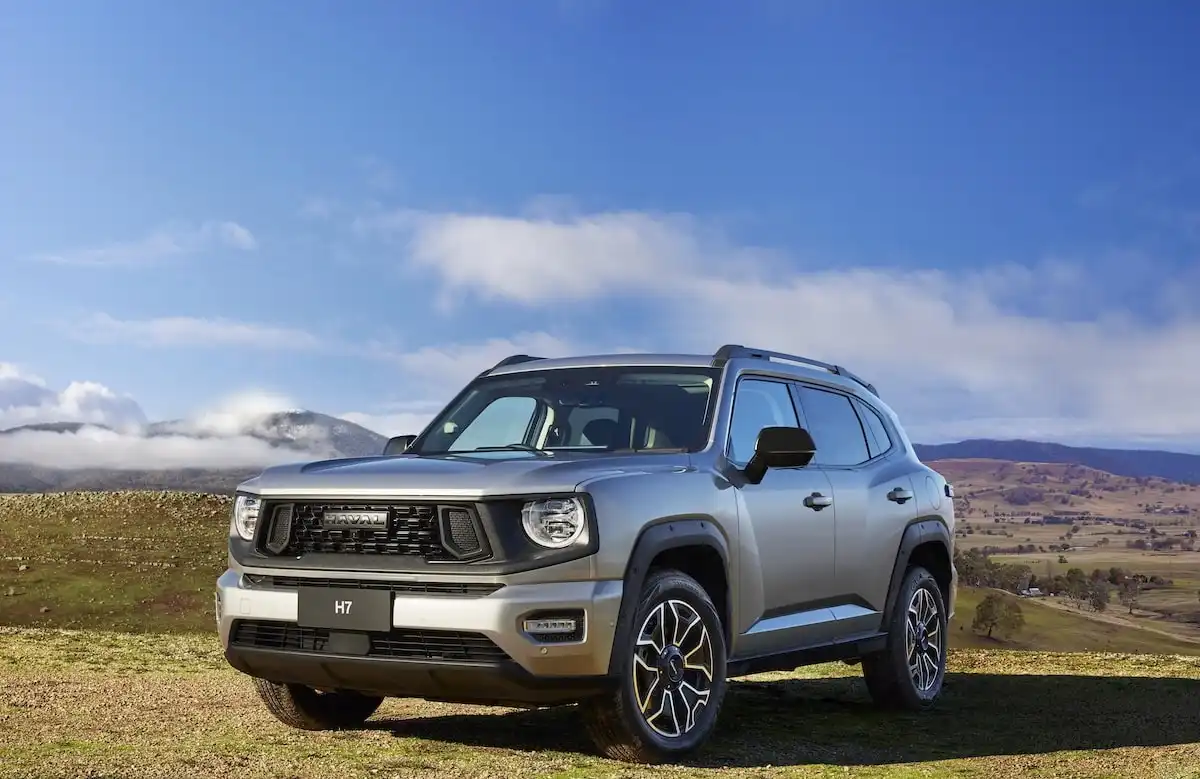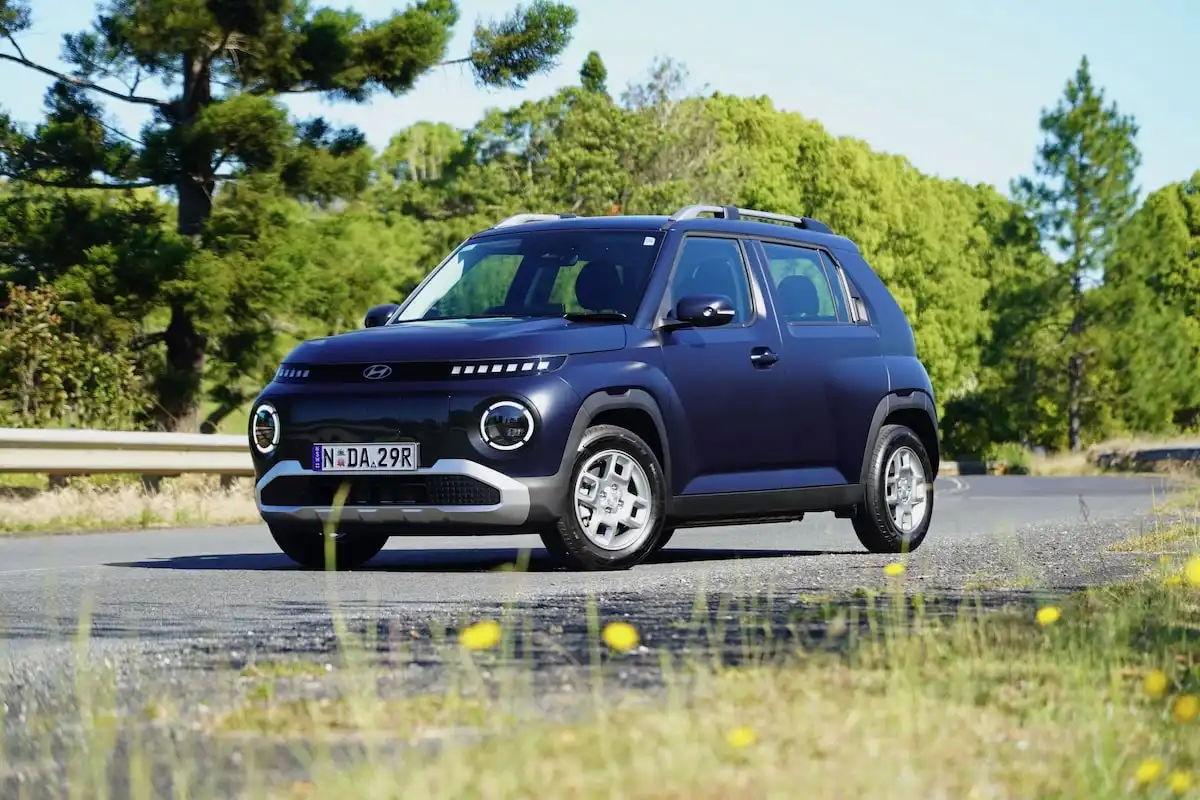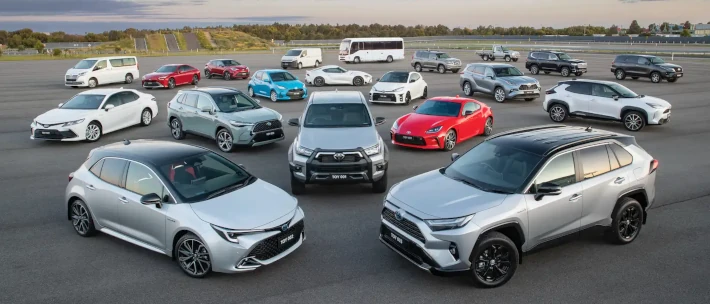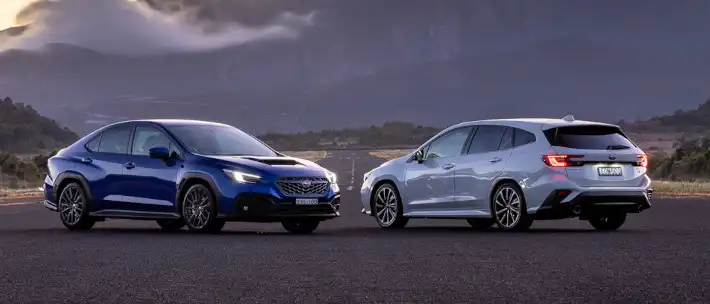Filling up a tank of petrol is such a simple process, it’s easy to forget how different fuels can have a huge difference in engine performance, fuel economy and even engine degradation over time.
To help you out, let’s take a closer look at 91, 95, 98 RON and E10 fuels that you’ll find at the petrol bowser here in Australia, and discover what they mean.
Fuel Ratings and Petrol Types in Australia Explained
Petrol types in Australia are separated by something called their Research Octane Number, which is abbreviated as ‘RON’.
Without getting bogged down in the science, a higher RON - found in more premium-priced fuels like 95 and 98 unleaded petrol - tends to ignite later, otherwise known as ‘knocking’ less than fuel at a lower octane. Essentially, this means the higher the RON, the more efficient the fuel.
In Australia, you’ll typically find four types of petrol on offer at the bowser, these options include:
- 98 RON: the highest octane fuel available in Australia, which is the preferred choice for high-performance engines and offers superior fuel efficiency and power figures.
- 95 RON: a high-octane fuel that reduces engine knocking and helps to keep engines running as smoothly as possible, with added fuel efficiency bonuses over lower-octane fuels.
- E10 (94 RON): E10 fuel uses a mix of 90% unleaded petrol with 10% ethanol (sourced from sugar cane and corn) which gives it a RON measuring around 94. E10 fuel is less energy dense than typical petrol, which can translate to less fuel efficiency per tank.
- 91 RON: this is standard unleaded petrol, and one of the most widely used fuel types here in Australia. 91 RON fuel is more affordable than its higher octane siblings, though it is often not suitable for high-performance engines in modern cars.
Check Out the 10 Most Fuel-Efficient Cars Coming to Australia in 2023
Can You Swap the Fuel You’re Using?
Yes, you can swap the fuel you’re using, so long as your vehicle is rated to run on that type of fuel.
For example, some vehicle manufacturers require 95 RON or higher for their engines to work efficiently as possible, so you’re able to swap 95 RON fuel and upgrade it for 98 RON, but not to a lesser octane fuel.
This is because manufacturers have tuned their engines and the brain controlling that engine, the ECU, to work within certain operating conditions, and a lesser-octane fuel can throw things out of whack.
Never fill up with a lower octane fuel than advertised by the manufacturer to ensure the engine keeps ticking along smoothly and you avoid any ‘knocking’ inside the combustion chamber.
Remember to always check whether your vehicle is capable of running E10 fuel before filling up simply because it’s the cheapest option.
Which Petrol Should You Use?
Depending on the type of car you own, your engine is typically hoping that you use the highest octane fuel.
With current petrol prices, though, this isn’t always a feasible option, so be sure that you’re using the minimum octane requirement for your vehicle. In most cases, this can be 95 RON for some modern vehicles, while others are more than happy to run on 91 RON fuel.
Can You Save Money with Different Fuel Types?
The short answer is yes, you can absolutely save money with different fuel types.
If your vehicle is capable of running on the cheaper E10 fuel, this will save you considerable money per fill-up.
One thing to keep in mind is that E10 fuel has been proven to degrade certain plastic seals and gaskets inside the engine at a faster rate than conventional fuel, so the short-term savings may prove expensive in the long term if a rubber seal or gasket needs replacing.
Want to get a great deal on your new car?
Get in touch with one of our Car Buying Specialists today.
Request a quoteFAQ: Is E10 the same as 95 RON?
E10 and 95 RON are very different types of fuel.
E10 contains a 10% blend of ethanol mixed with unleaded fuel, while 95 RON fuel is a more premium unleaded fuel with a higher octane that can reduce engine knocking, without any of the potential damage to rubber seals and gaskets that E10 fuel can inflict.
FAQ: What is the Difference Between RON 91 & RON 95?
While both RON 91 and 95 are unleaded fuels, 91 is the lowest octane petrol on sale here in Australia, while 95 RON is a more premium fuel that can reduce the chance of igniting prematurely inside the engine; otherwise known as engine ‘knocking’.
FAQ: Should I use E10 or Unleaded 91?
Considering the well-documented cases of E10 fuel degrading rubber components inside an engine over time, we recommend that you use unleaded 91 in your vehicle, so long as the engine is rated to run with lower octane fuels.
FAQ: What is the Difference Between RON 95 and 98?
RON 95 and 98 are both premium unleaded fuels that have high octane ratings, meaning they are effective at reducing the chance of knocking inside the engine. 98 RON fuel does, however, offer superior power and fuel efficiency figures than its lower octane sibling.
